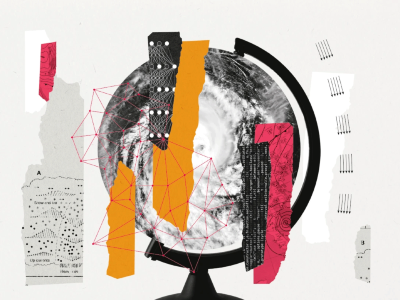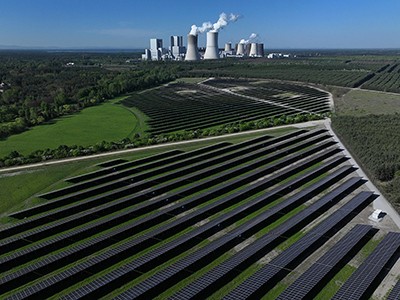How seriously should people be taking climate change? United Nations secretary-general António Gutteres considers it an existential threat. Yet, US President Donald Trump has decreed it a hoax. On 29 July, a US Department of Energy (DOE) report by a group of contrarian climate scientists concluded that “CO2-induced warming might be less damaging economically than commonly believed, and excessively aggressive mitigation policies could prove more detrimental than beneficial” (see go.nature.com/4amktth).
What does the science say: hoax, lukewarm inconvenience or catastrophe? According to the best-available evidence, none of the above is right.
There is much in the DOE report to be critical of (see Nature https://doi.org/pz8h; 2025). However, its authors are correct in one respect: the most important uncertainty in our ability to predict how much global temperatures will increase as carbon emissions continue is related to how cloud coverage will change over time.
How AI is improving climate forecasts
Low-level clouds reflect sunlight back to space, whereas high-level ones trap heat emitted from Earth’s surface. Most climate models predict that, overall, clouds will amplify the effects of humanity’s greenhouse-gas emissions through a decrease in cover by low-level clouds and an increase for high-level ones. If so, global temperatures could rise by 4 °C or more — a catastrophe because of the amount of sea-level rise and the increasing occurrence of deadly heatwaves.
But the opposite scenario cannot be ruled out fully. Increased low-level cloud cover would reflect extra sunlight and help to offset the warming effect of climate change — a relatively lukewarm outcome.
One reason for this uncertainty is that, in the models, cloud-forming processes are represented by simplified formulae. Another is related to how cloud formation differs around the globe because of air-temperature and humidity variations linked to wind patterns. Climate models make systematic errors when predicting such patterns. This is unsurprising: climate is a non-linear system in which processes on many scales interact in complex ways. Thus, simulating clouds is a formidable challenge.
So far, there is no clear evidence from observations that clouds are responding to humanity’s emissions by increasing or decreasing coverage systematically. There are some data that low-level cloud cover was reduced in the Northern Hemisphere and tropics in 2023, contributing to the exceptionally high global temperatures that year1. But researchers don’t yet have enough data to know whether this was a one-off or part of an emerging change in cloud characteristics.
Why the green-technology race might not save the planet




